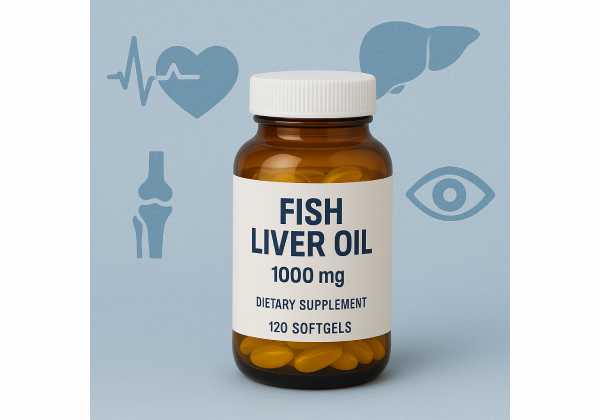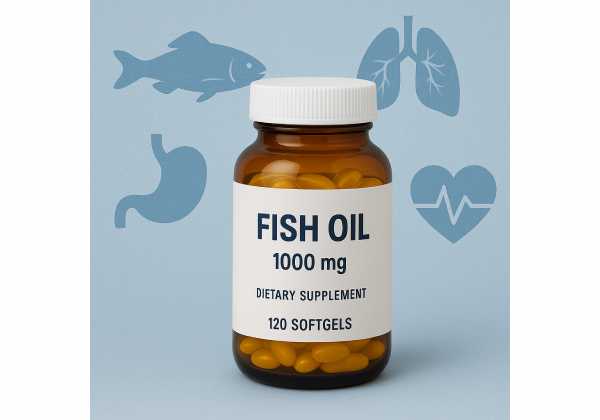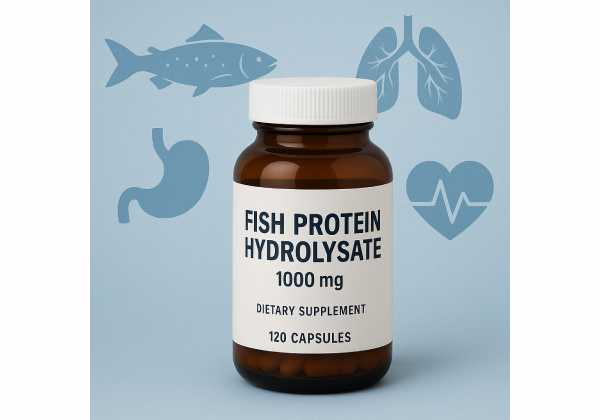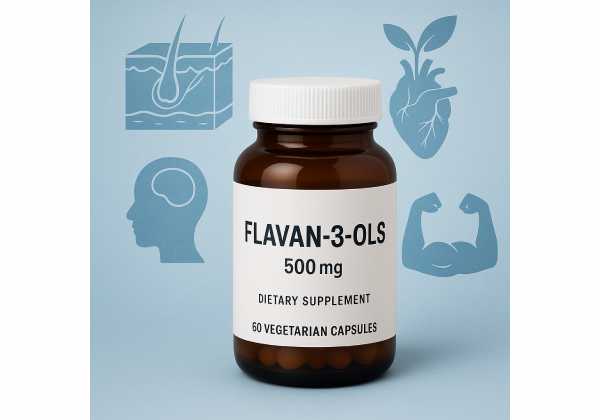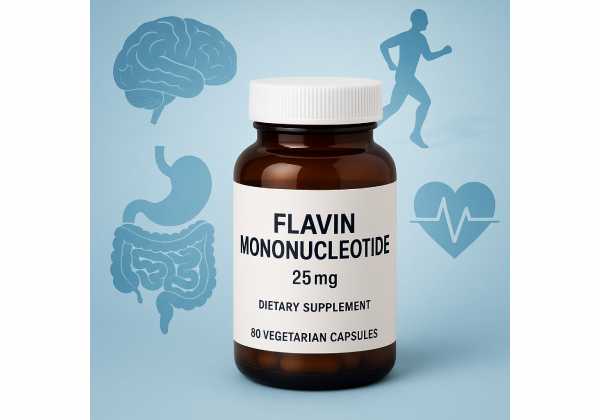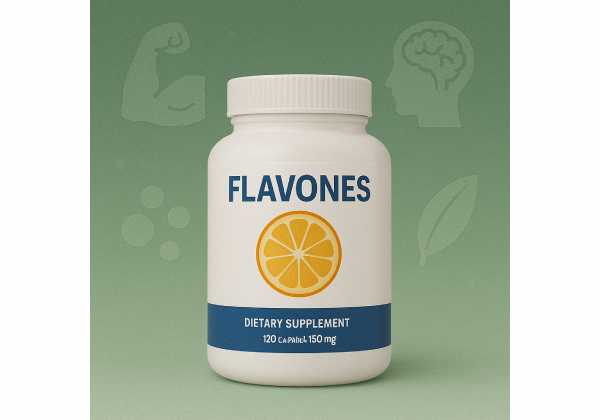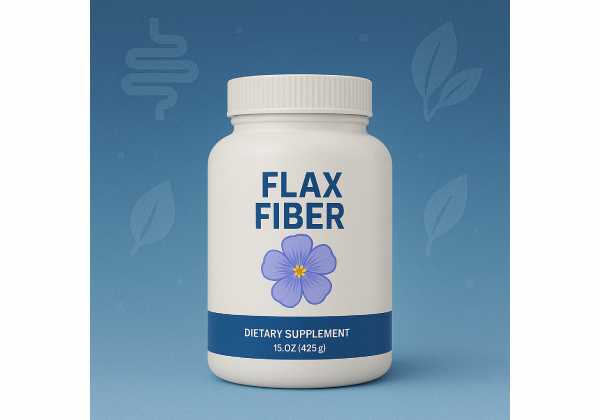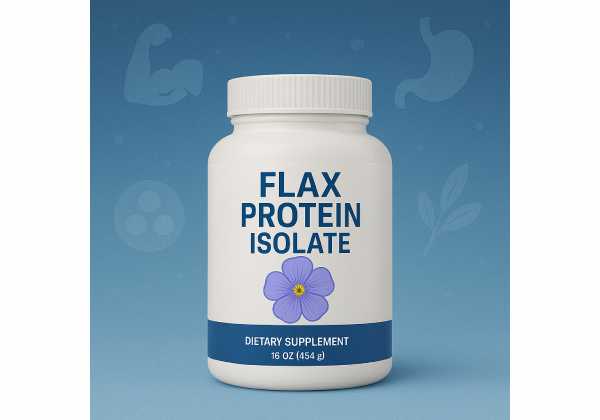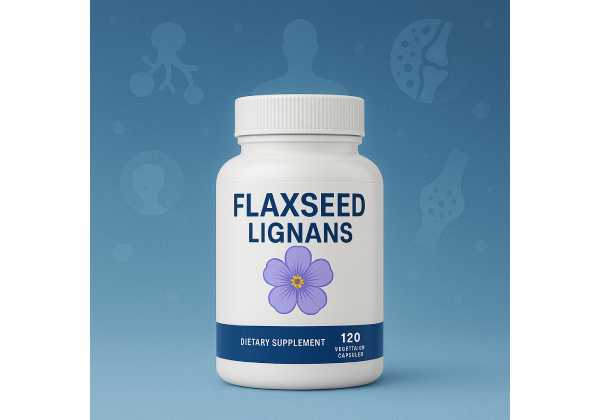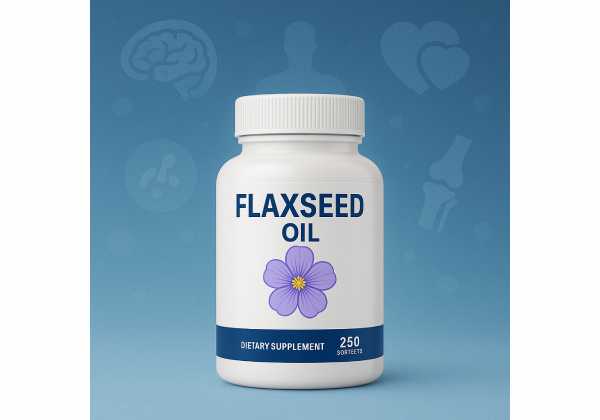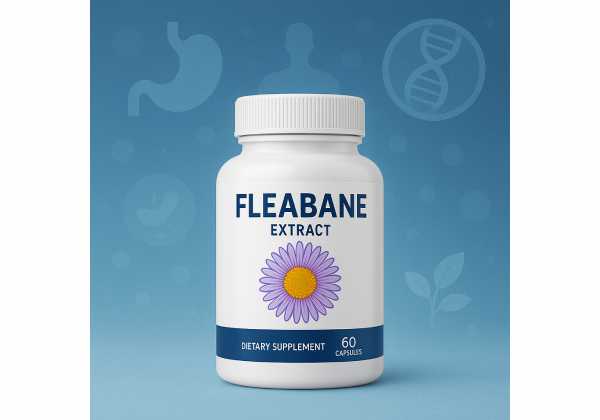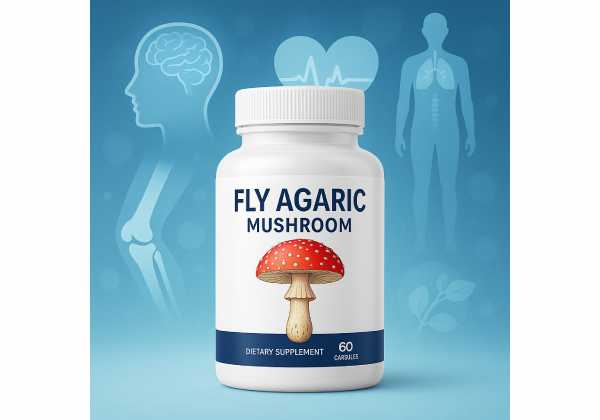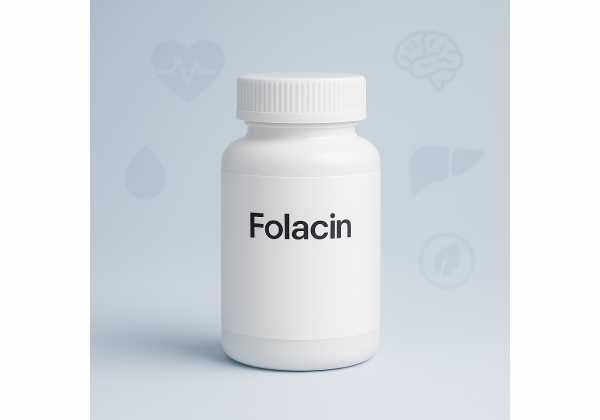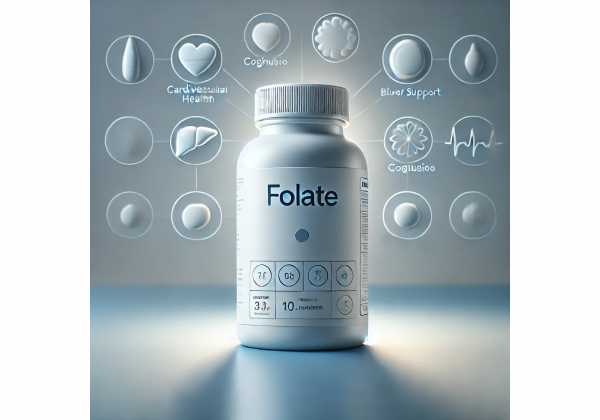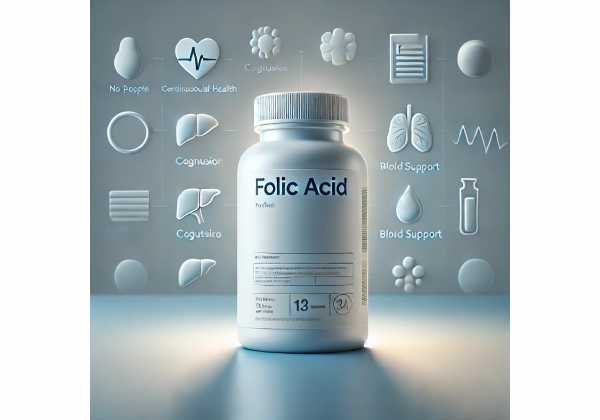Fish liver oil: Benefits for Nutrient Gaps, How Much Per Day, and Who Should Avoid It
Fish liver oil—best known as cod liver oil—is a traditional supplement with a modern twist. Unlike standard “fish oil” from the flesh, fish liver oil naturally delivers omega-3 fatty acids and the fat-soluble vitamins A and D. That mix can be an advantage (for bone, vision, and immune support) or a liability (risk of vitamin A excess), depending on...
Fish oil: Complete Guide to Benefits, Properties, Uses, Dosage, and Side Effects
Fish oil concentrates the long-chain omega-3s EPA (eicosapentaenoic acid) and DHA (docosahexaenoic acid) that many people struggle to get from food alone. In research and practice, fish oil is used to lower high triglycerides, complement heart-healthy care, and support pregnancy and eye and brain health. Prescription-strength formulas at 4 g/day reliably reduce triglycerides; an EPA-only prescription has also reduced...
Fish protein hydrolysate: Evidence-Based Benefits, Best Dose and Timing, and Safety Tips
Fish protein hydrolysate (FPH) is a concentrated, pre-digested form of fish protein that delivers small, rapidly absorbed peptides. People turn to it for cardiometabolic support, appetite control, and convenient protein when whole fish is impractical. Early human trials suggest specific benefits—such as modest blood pressure reductions with marine peptides, lower post-meal insulin needs at small doses, and increases in...
Flavan-3-ols: Cardiometabolic Benefits, Daily Intake Targets, Food Sources, and Side Effects
Flavan-3-ols are a family of plant bioactives found in tea, cocoa, apples, pears, berries, and grapes. You may know their members—catechins (like epicatechin and EGCG) and procyanidins—from headlines about heart and metabolic health. Unlike vitamins, flavan-3-ols aren’t “essential” for survival; they’re eaten for potential benefits: supporting healthy blood pressure and blood vessel function, modestly improving cholesterol and insulin sensitivity,...
Flavin mononucleotide: Benefits for Energy, How to Use It, Correct Dosage, and Safety
Flavin mononucleotide (FMN)—also called riboflavin-5′-phosphate—is the immediate, bioactive coenzyme form of vitamin B2. Inside your cells, FMN and its “bigger sibling” FAD power hundreds of flavoenzymes that drive energy production, help activate vitamin B6, support folate-dependent methylation, and assist in metabolizing fats, drugs, and steroids. As a supplement, FMN often appears on labels as “riboflavin-5′-phosphate (R5P).” Despite the “active”...
Flavones: What They Do, Best Food Sources, Effective Dosage, and Potential Side Effects
Flavones are a family of plant pigments found in everyday foods—parsley, celery, chamomile, thyme, oregano, and citrus peels—that quietly support health. Beyond their antioxidant reputation, flavones help regulate inflammation signaling, influence cellular stress responses, and may benefit cardiometabolic and brain health when consumed regularly. Some appear in supplements (apigenin, luteolin, baicalein, chrysin) with different strengths and bioavailability. The evidence...
Flax fiber: Digestive Health Support, How to Use It, Proper Dosage, and Side Effects
Flax fiber is the gel-like and roughage-rich component of flaxseed that does the heavy lifting for digestion, cholesterol, blood sugar, and satiety. While whole flaxseed is known for its omega-3 fat and lignans, the fiber fraction—both soluble mucilage and insoluble hull fiber—drives most of its gut and metabolic effects. Because flax fiber forms a viscous gel, it softens stools,...
Flax protein isolate: High-Protein Vegan Uses, Optimal Dosage, Benefits, and Safety
Flax protein isolate (FPI) is a concentrated, plant-based protein made from the same flaxseed that is prized for its fiber and omega-3s. Unlike whole flax, the isolate focuses on the seed’s proteins—mainly the globulins and albumins—while removing most oil, fiber, and mucilage. That means a high protein content per scoop, typically with a neutral taste and functional properties that...
Flaxseed lignans: Benefits, Properties, How It Works, Uses, Dosage, and Safety Explained
Flaxseed lignans are natural plant compounds concentrated in the seed’s hull that your gut bacteria convert into “enterolignans,” molecules with weak estrogen-like and antioxidant activity. Research associates regular lignan intake with modest improvements in cholesterol and blood pressure, and potential support for women’s midlife symptoms. Unlike flaxseed oil, which is rich in omega-3 (ALA) but naturally low in lignans...
Flaxseed oil: Heart Health Benefits, Best Uses, Recommended Dosage, and Safety
Flaxseed oil is a concentrated, plant-based source of the omega-3 fatty acid alpha-linolenic acid (ALA). It offers a practical way to raise ALA intake for people who do not eat fish or prefer vegan options. Research suggests ALA can modestly improve several cardiovascular risk markers—such as triglycerides and low-grade inflammation—when taken consistently. Still, it does not supply the long-chain...
Fleabane extract: Benefits for brain and circulation, how to use it, dosage guidance, and safety
Fleabane extract comes from several plants in the daisy family—most often Erigeron breviscapus (used in Chinese medicine as Dengzhanxixin) and Erigeron/Conyza canadensis (Canadian fleabane). Modern formulas concentrate different constituents: flavonoids such as scutellarin from E. breviscapus, or essential oils and phenolic acids from E. canadensis. Early clinical research—primarily from China—tests E. breviscapus extracts alongside standard therapies for stroke recovery...
Fluoride: Water Levels, Toothpaste Strengths, Dosing by Age, and Safety Explained
Fluoride is a naturally occurring mineral that strengthens tooth enamel and helps prevent cavities across the lifespan. You’ll find it in fluoridated drinking water, toothpaste, mouth rinses, and professionally applied treatments such as varnish and gel. Its core advantage is simple: when used correctly, fluoride lowers caries risk for children and adults while costing very little—especially at the community...
Fly Agaric Mushroom: Complete Guide to Effects, Uses, Dosage Warnings, and Toxicity
Fly agaric (Amanita muscaria) is one of the world’s most recognizable mushrooms—bright red with white spots—and one of the most misunderstood. Unlike “magic” mushrooms that contain psilocybin, fly agaric contains two different psychoactive compounds: muscimol and ibotenic acid. These chemicals act on brain receptors involved in inhibition and excitation, producing a mix of agitation, delirium, sedation, and unusual sensory...
Folacin: What It Is, Food Sources versus Supplements, Optimal Dose, and Who Should Avoid High Doses
“Folacin” is an older name for vitamin B9—the family of folate compounds your body uses for DNA synthesis, cell division, and methylation. In foods, it appears as natural folates; in supplements and fortified foods, it’s usually the synthetic, stable form folic acid. Clinically, the most important, proven benefit is preventing neural tube defects (NTDs) when folic acid is taken...
Folate: Uses for Pregnancy and General Health, Recommended Dose, and Safety
Folate is an essential B vitamin involved in DNA synthesis, cell division, and methylation—processes your body relies on for healthy growth, blood formation, and early fetal development. You’ll find it naturally in leafy greens, legumes, and liver, and as the synthetic form folic acid in many fortified foods and supplements. Strong evidence shows that adequate folate—especially folic acid taken...
Folic acid for neural tube defect prevention: how it works, recommended doses, and who needs more
Folic acid—also called pteroylmonoglutamic acid—is the synthetic, stable form of folate (vitamin B9) used in supplements and food fortification. Your body converts folic acid into active folate coenzymes that drive DNA synthesis, red blood cell production, and hundreds of one-carbon reactions. For most people, the biggest, clearest benefit is preventing neural tube defects (NTDs) when taken consistently before conception...

